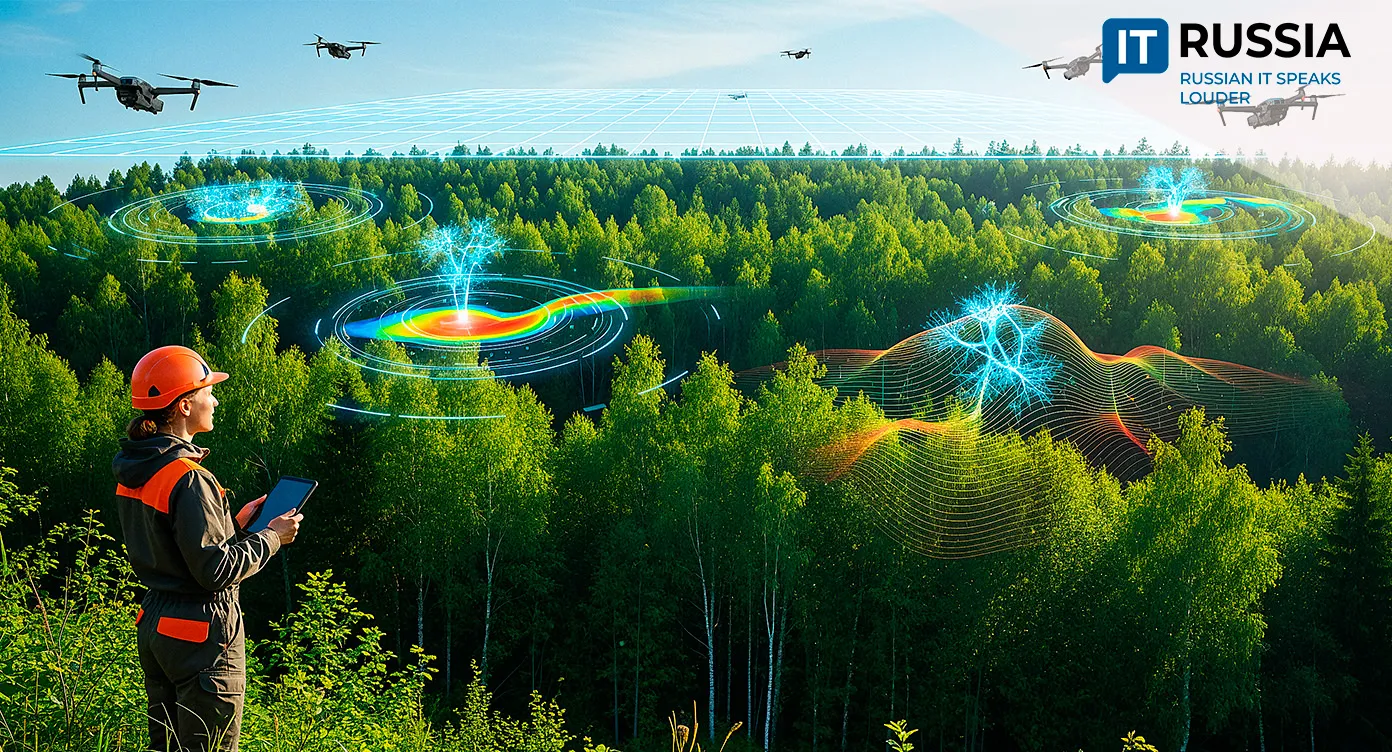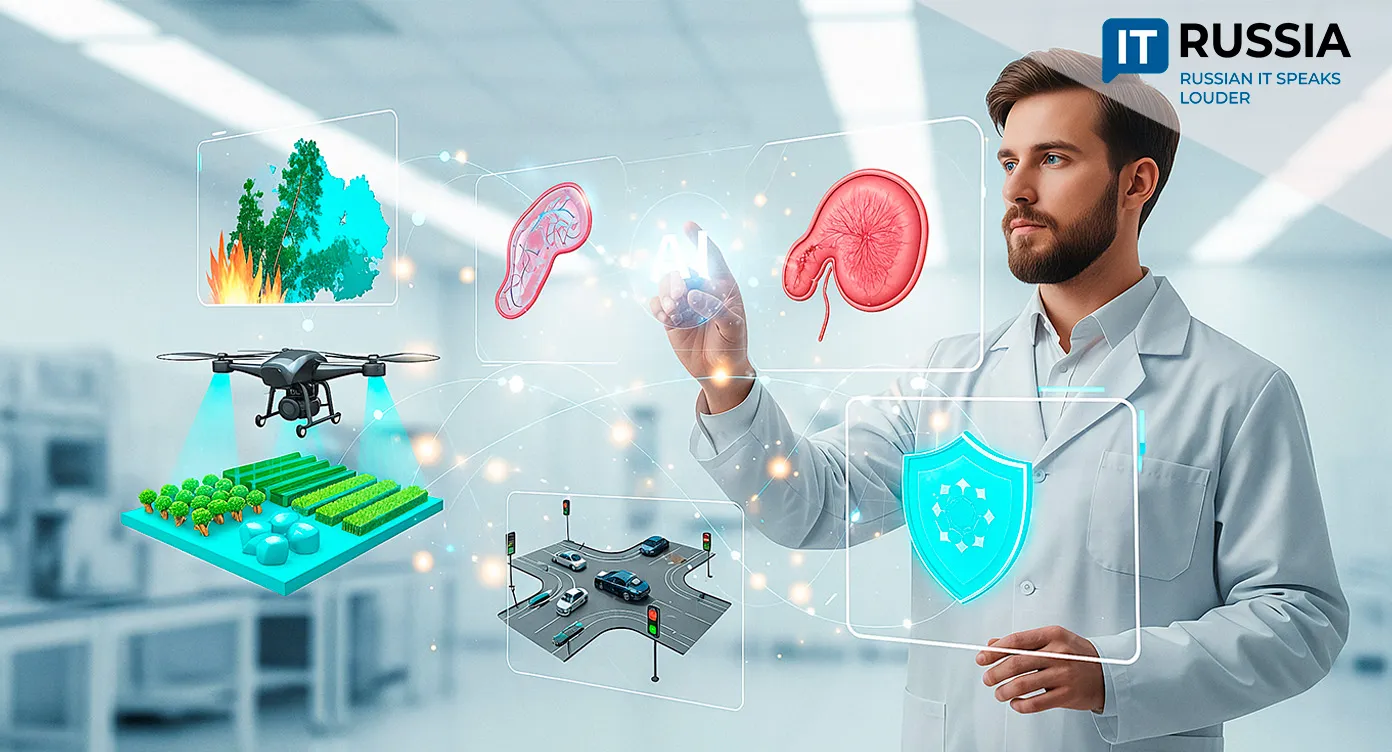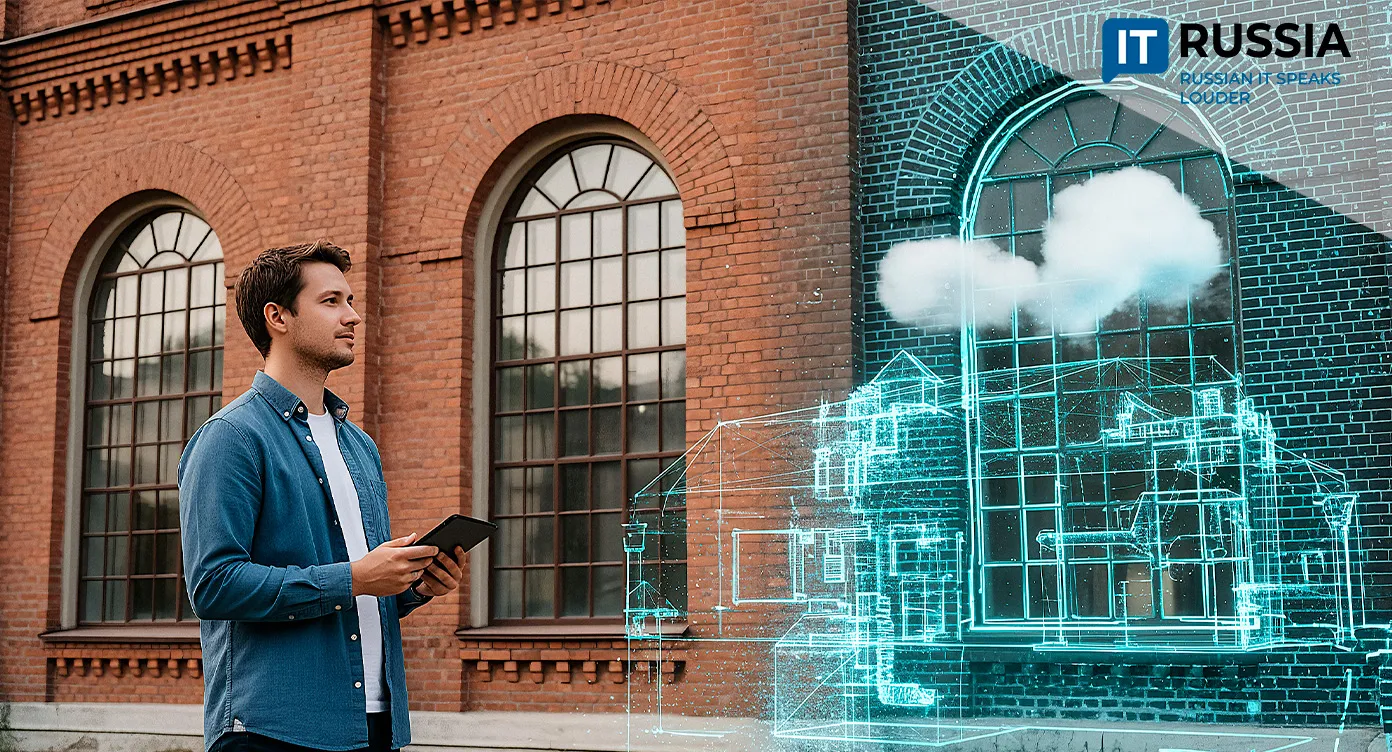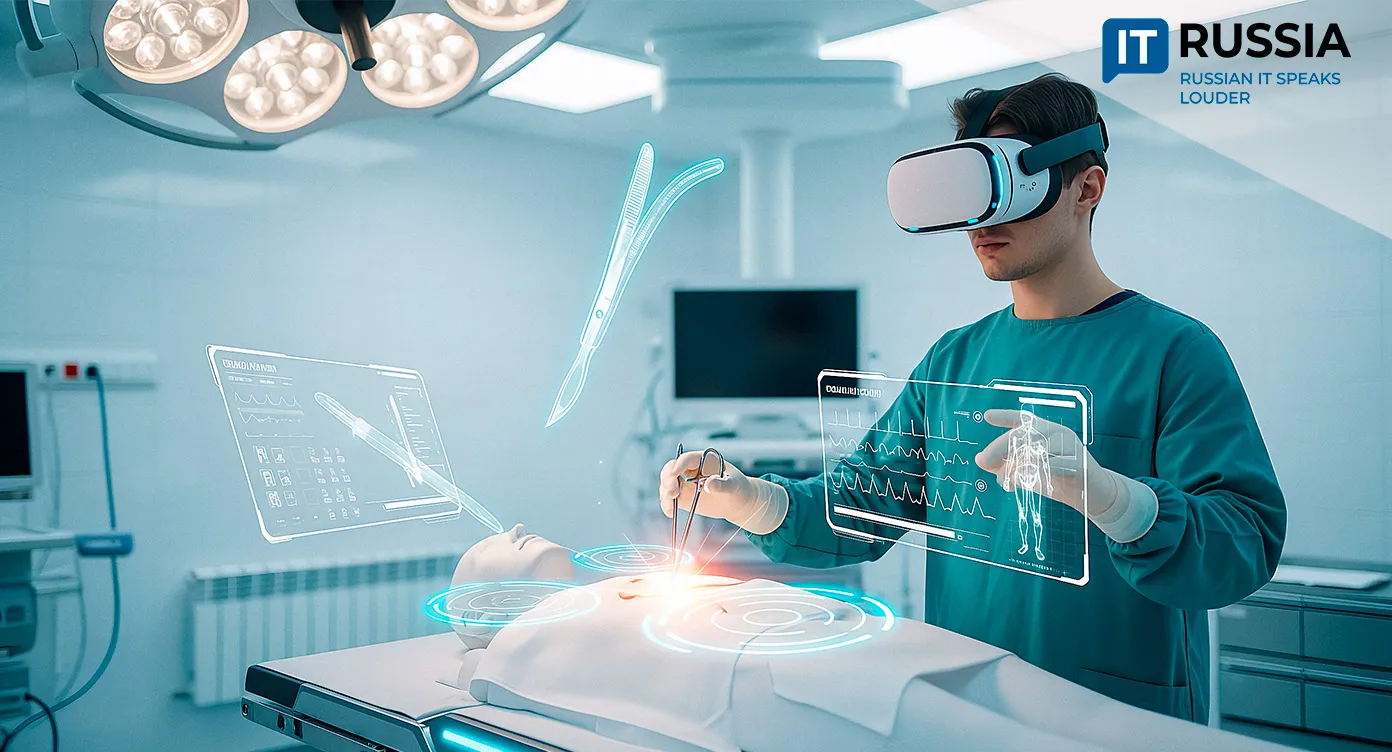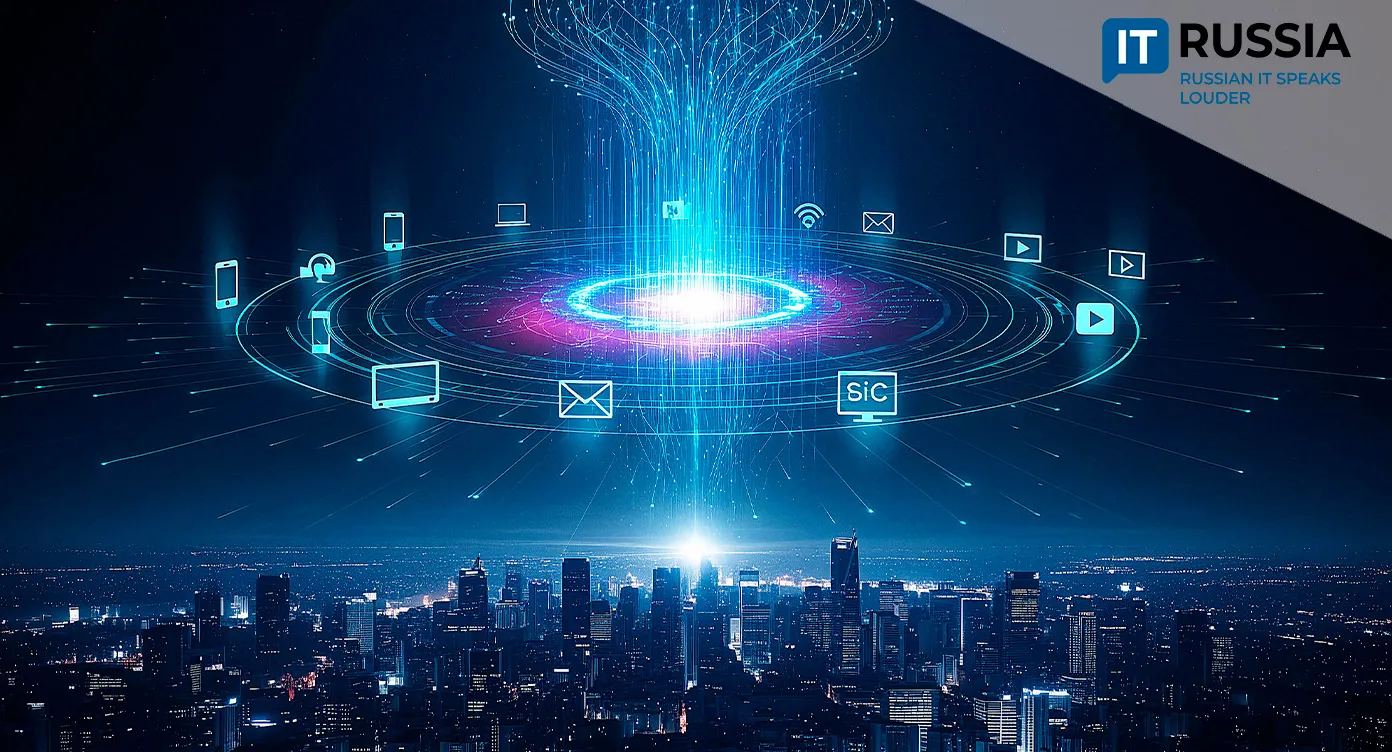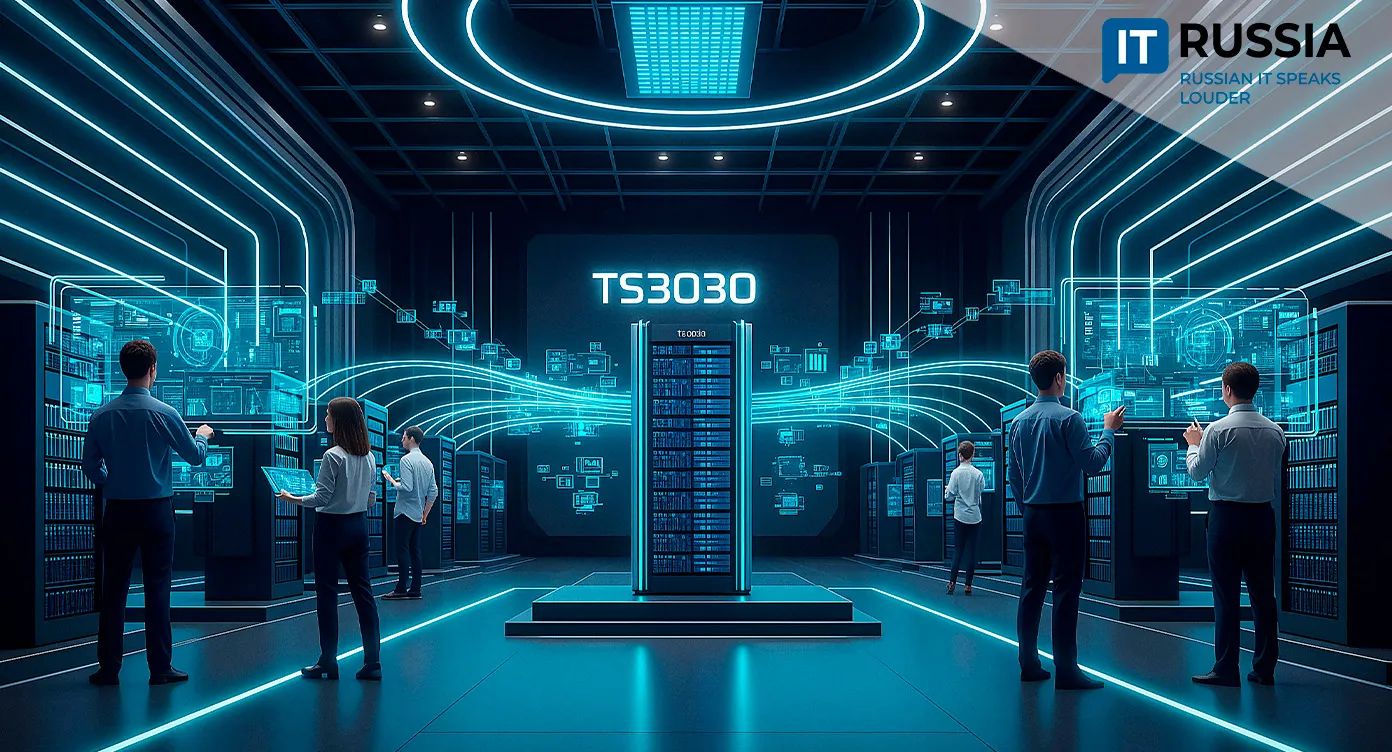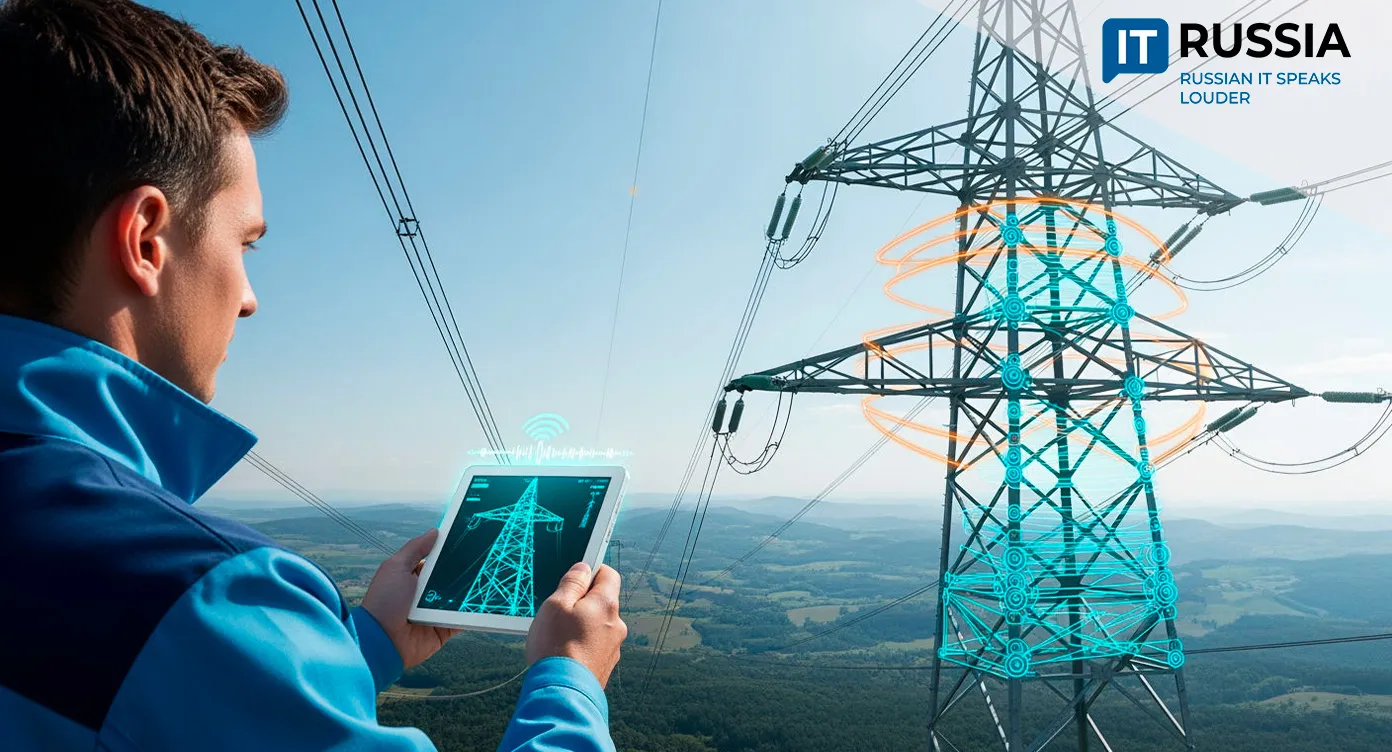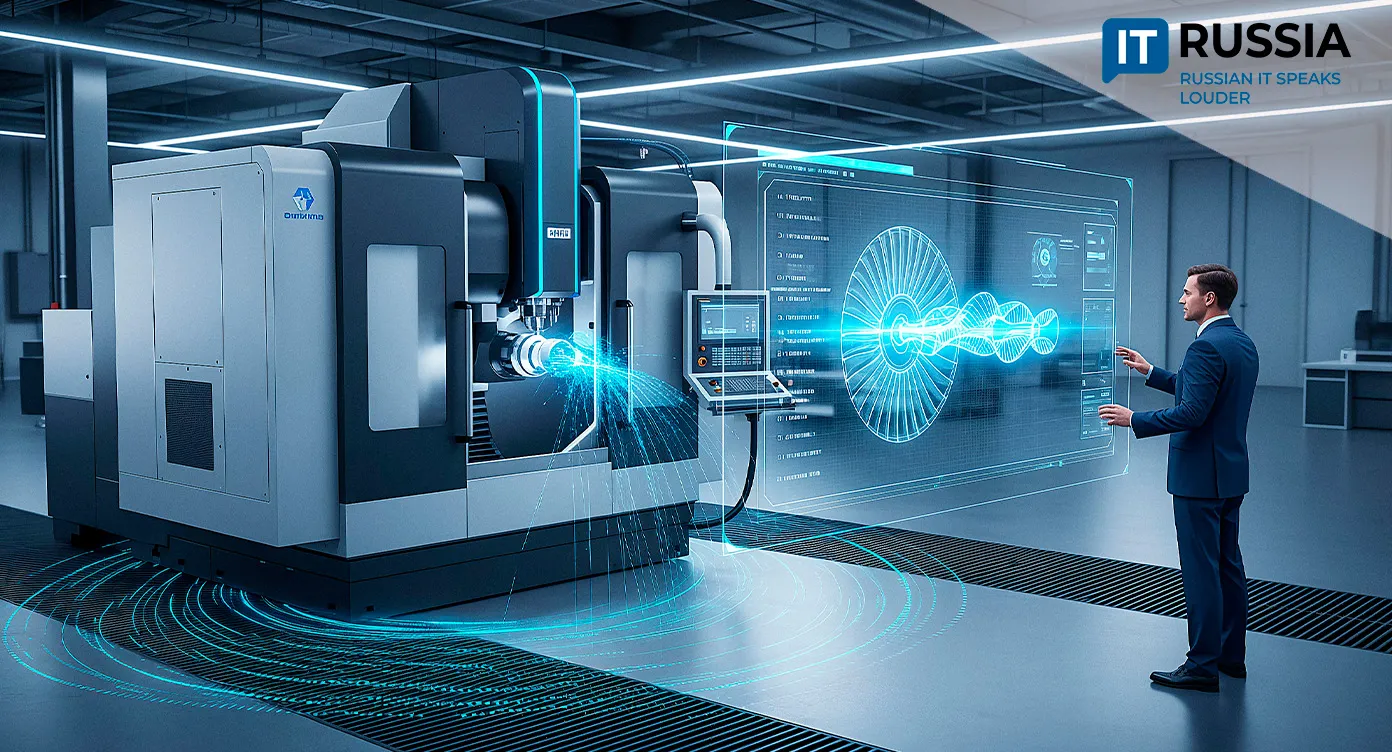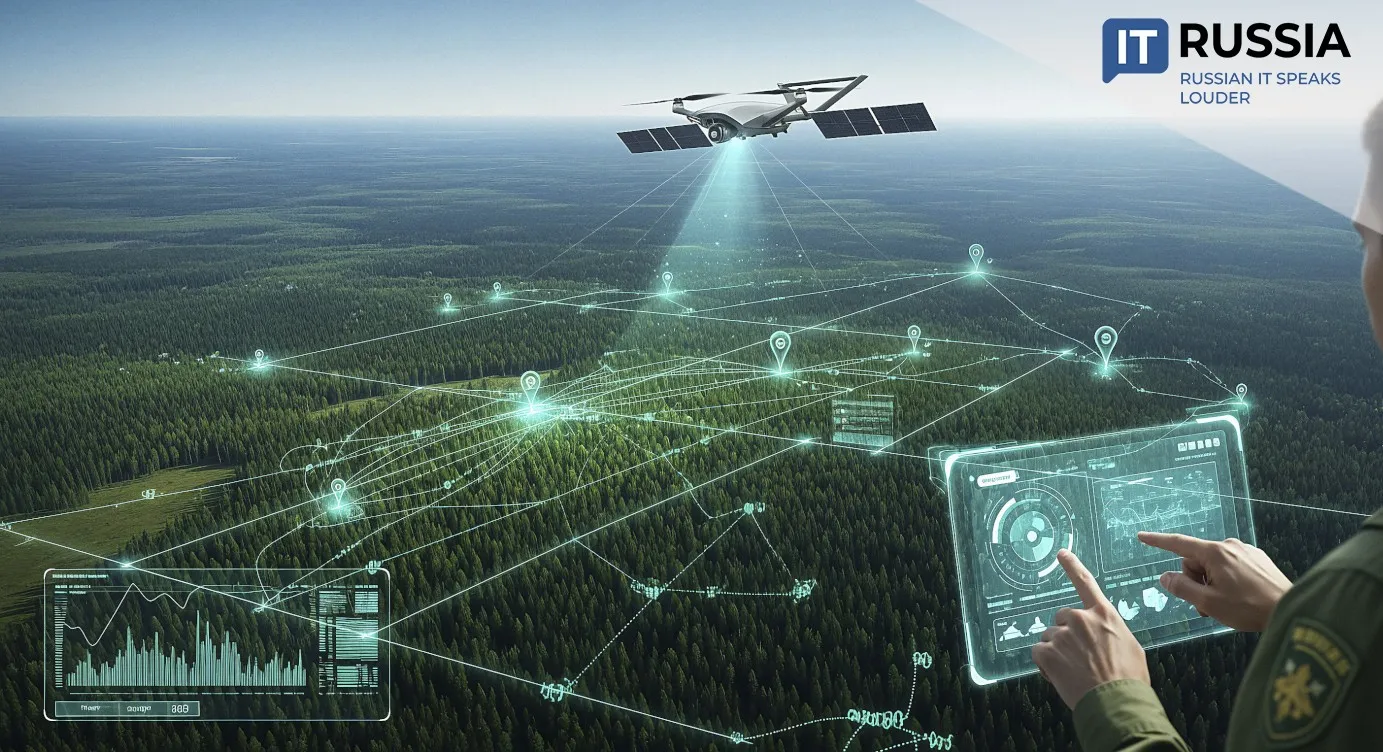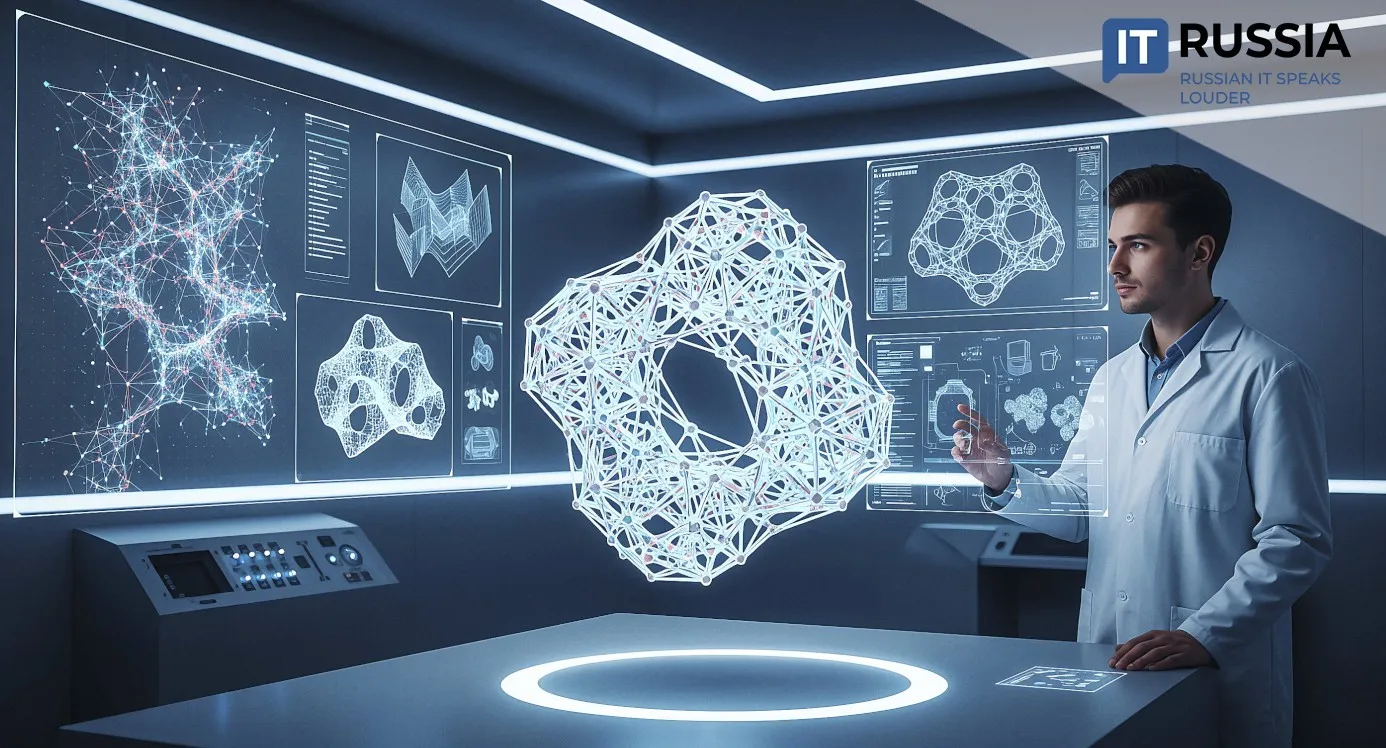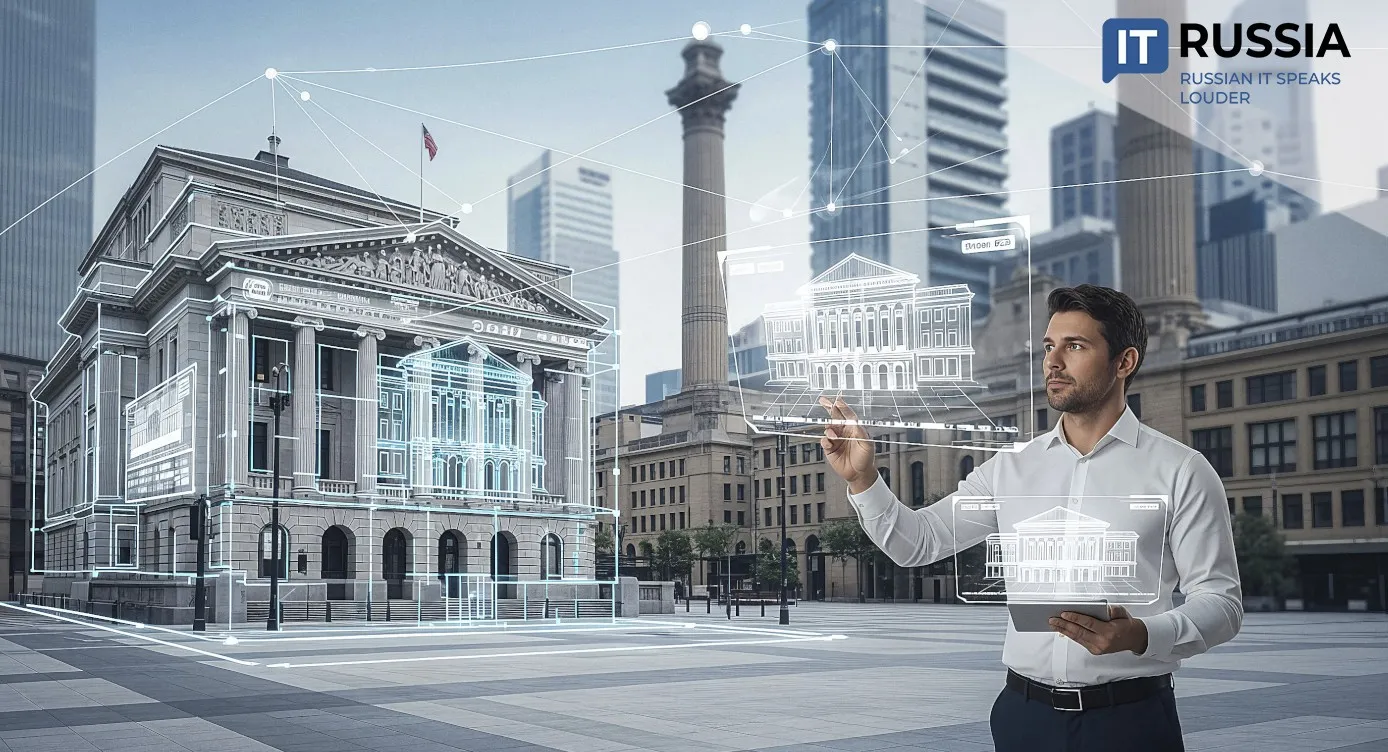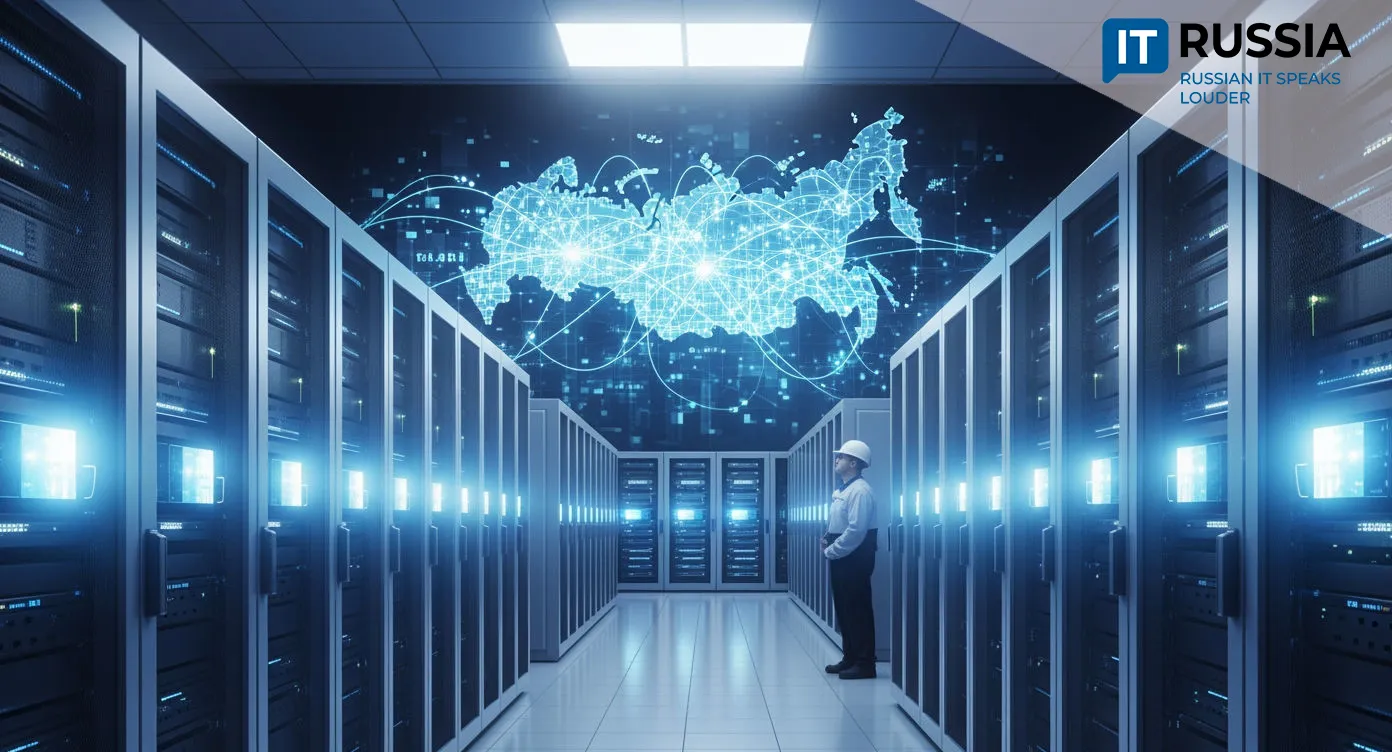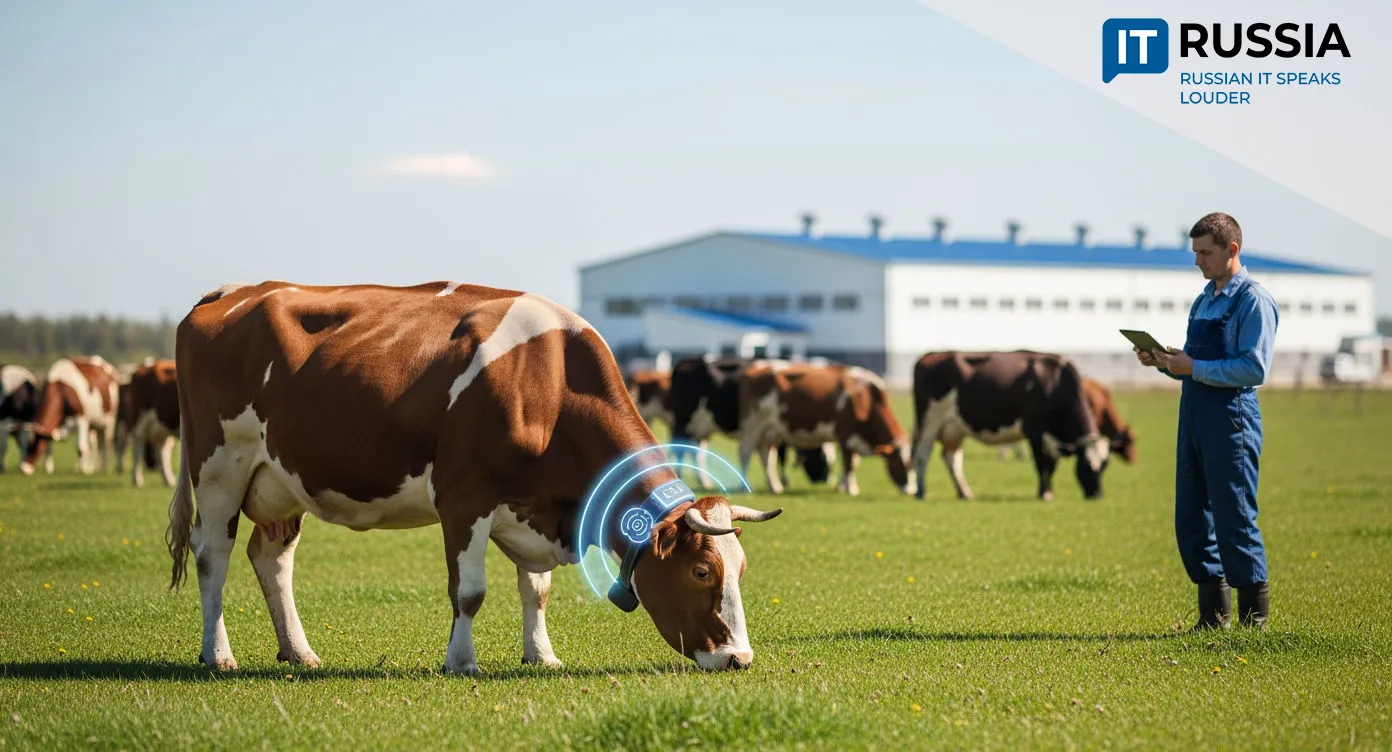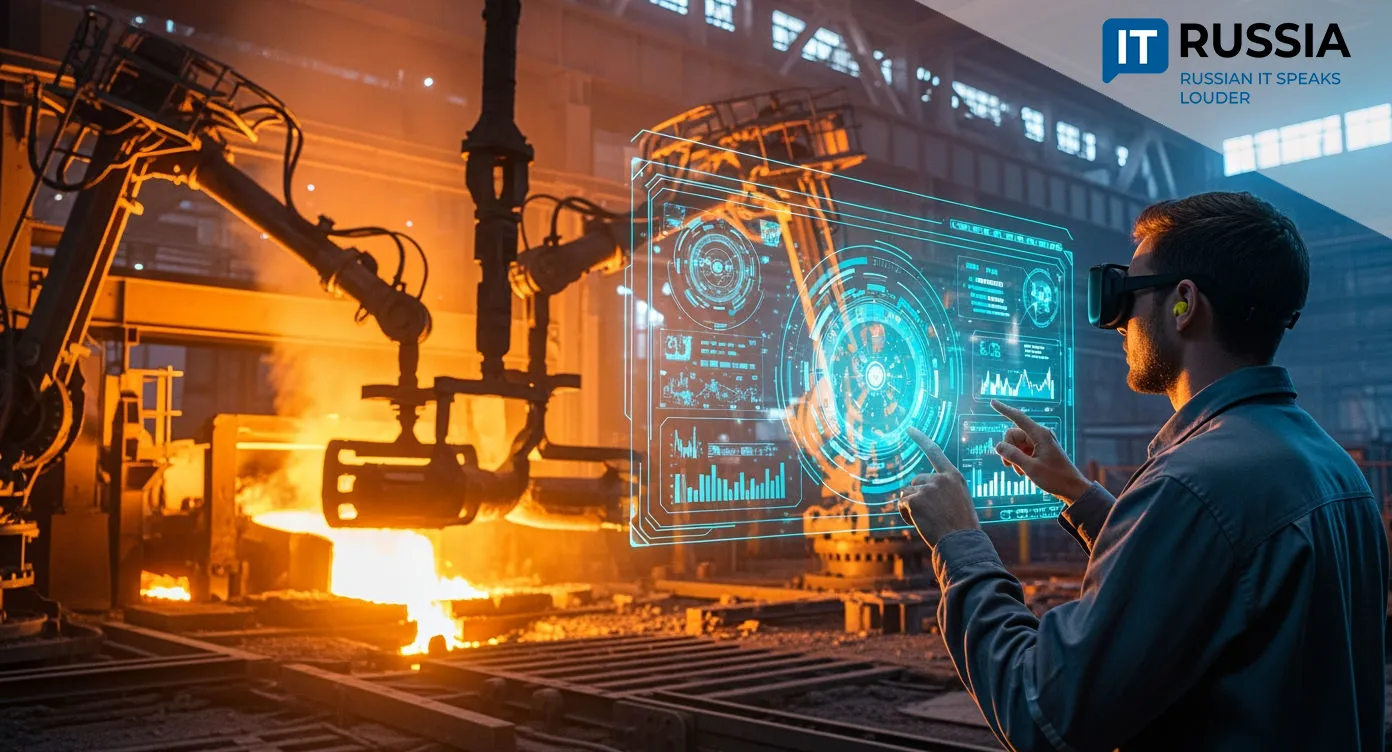Russia Is Building Its Own AI—and It’s Closer Than You Think
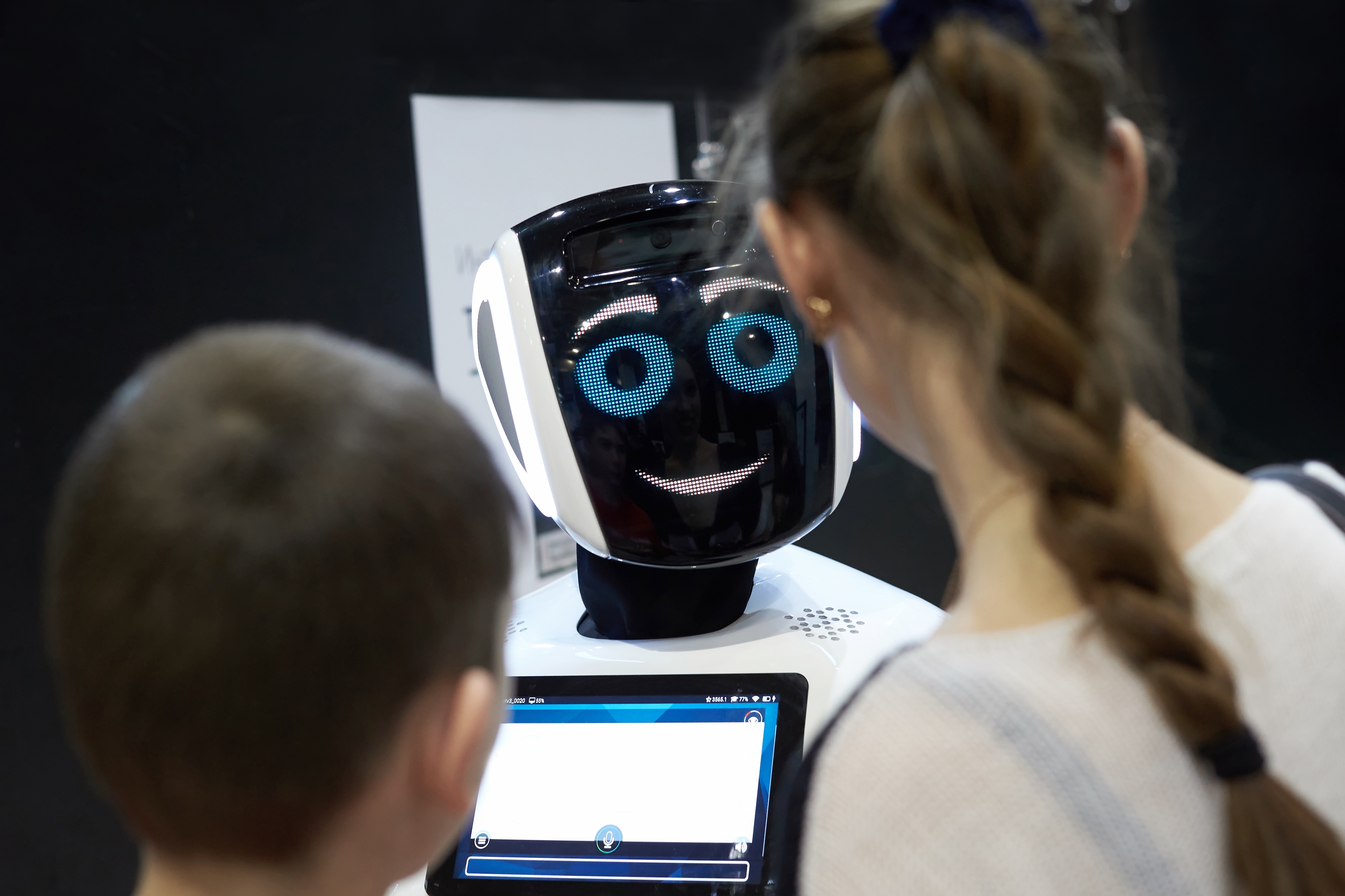
From diagnosing diseases to delivering government services from the tundra, AI in Russia is no longer a future concept—it’s already embedded in daily life. And the country’s tech industry is betting big that this is just the beginning.
Artificial intelligence has quietly woven itself into the fabric of Russian life. In hospitals, it helps doctors analyze patient data and adjust treatment plans. In education, it’s unlocking learning for both kids and adults. Even government bureaucracy has gone digital: documents that once required a stamp and a queue now live entirely online, accessible with just a smartphone—yes, even in remote Arctic villages.
And in heavy industry—mining, manufacturing, petrochemicals—AI is proving to be a strategic ally, making processes smarter and more efficient. For a nation the size of a continent, these advances are not just helpful—they’re transformational.
But don’t call it a tech boom just yet. According to industry insiders, what we’re seeing now is just the starting line.
The Numbers Behind the Rise
In 2024, Russia’s IT sector jumped to 2.4% of the country’s GDP, up from just 0.3% the year before. The main driver? A surge in homegrown software. According to Russia’s Ministry of Digital Development, domestic tech offerings grew by 22% in a single year.
And it’s not just about catching up to global leaders. Russian software and hardware are beginning to stand on their own as viable, even innovative, alternatives.
At the heart of this movement is the national project "Data Economy"—a state-backed initiative guiding AI development through 2030. With over 145 billion rubles (roughly $1.6 billion) earmarked for the effort, Russia has created an AI nerve center: the Artificial Intelligence Center, designed to prevent duplication, improve coordination, and ensure efficient investment.
This center also serves as a business enabler, helping local companies adopt Russian-made AI solutions at scale.
Russia’s Real Advantage: People
Russia is betting on its greatest tech resource: talent. Developers, mathematicians, data scientists, and engineers are flooding into the AI space. The state is supporting them with funding, infrastructure, and fast-track programs.
And it’s not just about ideas—it’s about making them real. Tens of billions of rubles from the federal budget are being funneled into AI startups and platforms.
Leading the charge are Russia’s own large language models (LLMs): RuGPT, SberDevices’ GigaChat, Yandex GPT, and Cotype from MTS AI. These systems aren’t knockoffs—they’re tailored for the Russian language and market, and they represent the cutting edge of local AI development.
What’s Next?
The road ahead is paved with both opportunities and challenges. To unlock the next wave of growth, Russia needs to train a new workforce capable of deploying AI at scale. It also needs bigger datasets to feed these systems, and legal reforms to ease investment and commercial applications.
One bold move: the government is now prioritizing the development of a national supercomputer—a critical piece of infrastructure for scaling next-gen AI models.
For a country striving for digital sovereignty, it’s a clear message: Russia wants to own its future—one algorithm at a time.




